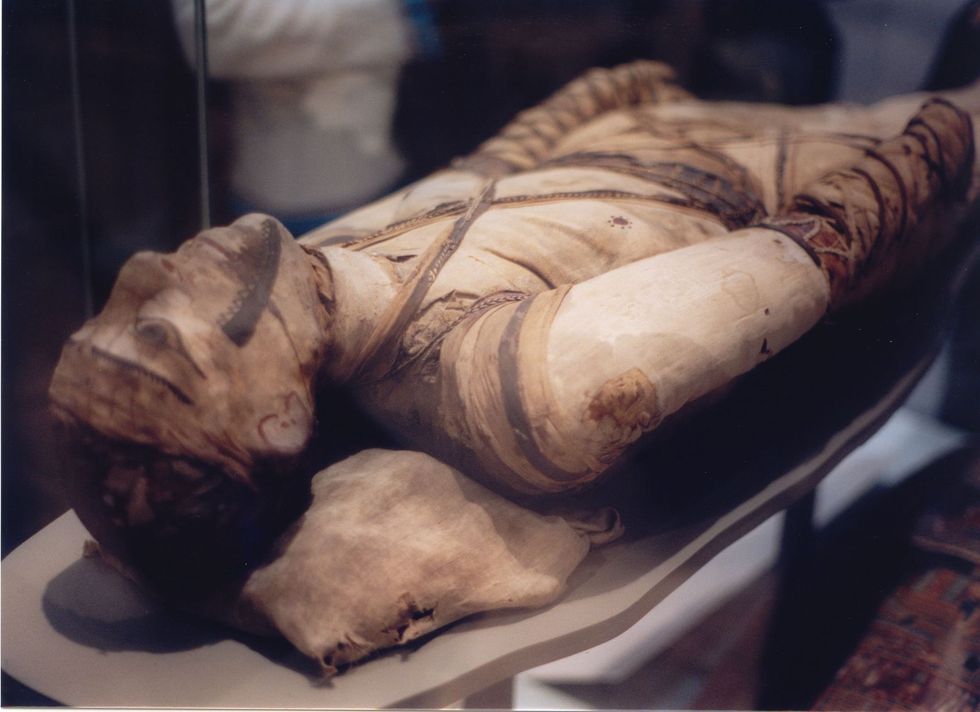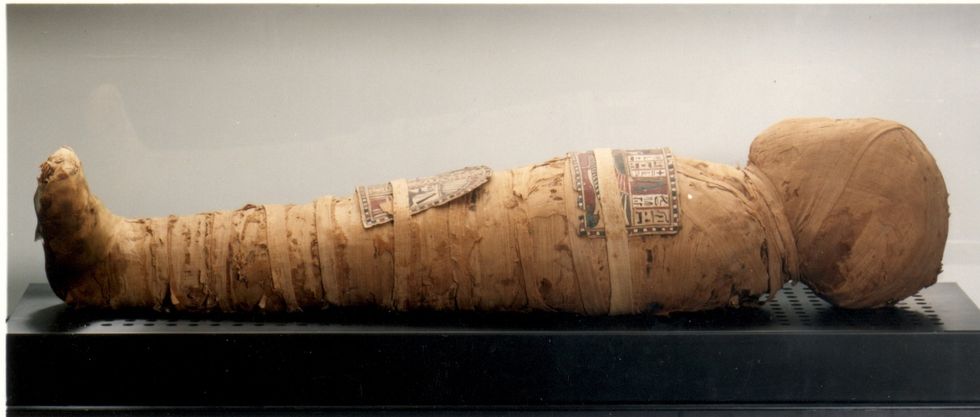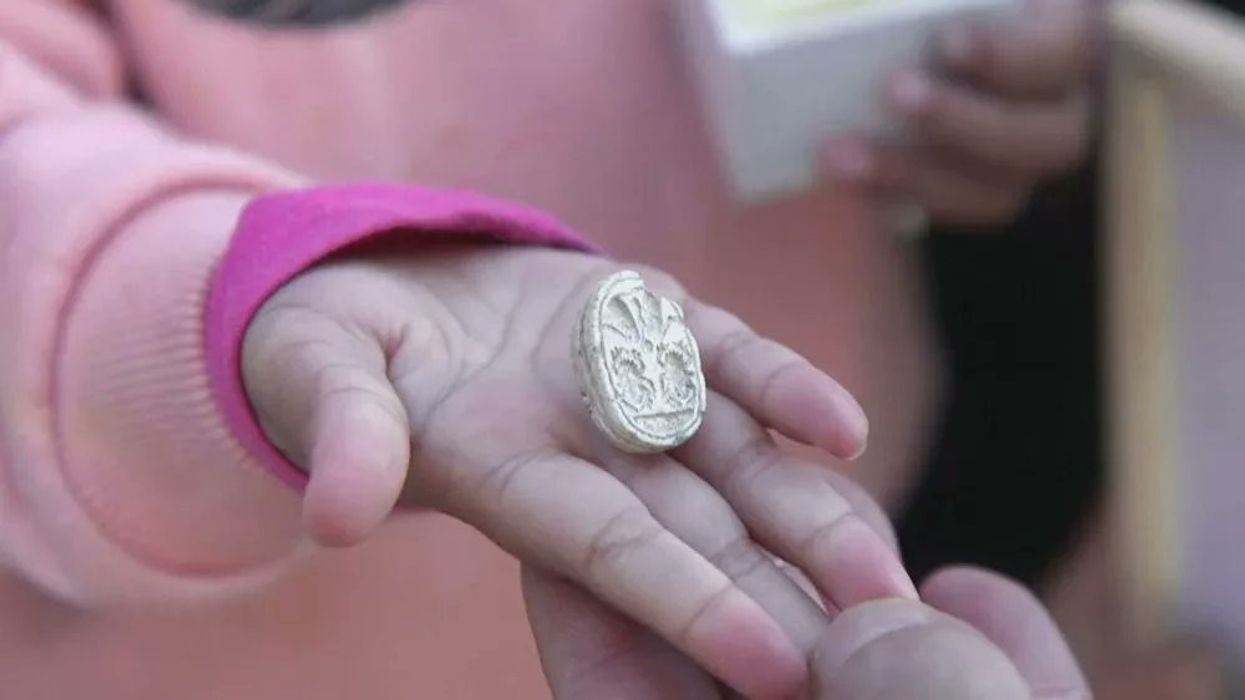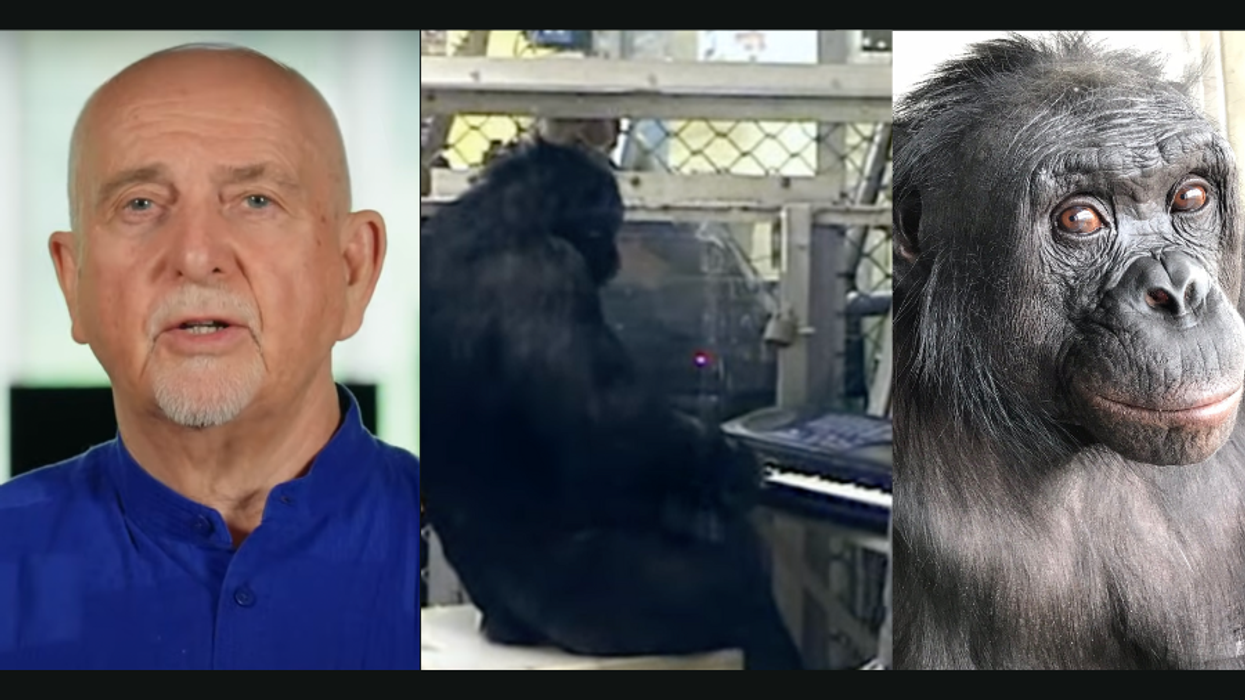If I asked 100 strangers to predict the odors of mummified bodies, I would expect adjectives like "disgusting," "rotten," and "putrid." I definitely wouldn’t expect "woody," "spicy," and "sweet"—three positive descriptors used by scientists who recently examined the scents of nine ancient Egyptian mummies.
The fascinating experiment, conducted by a team from UCL and the University of Ljubljana in Slovenia, is beneficial on multiple fronts. By analyzing the chemical signatures of various aromas, researchers can assess potential degradation without disturbance, helping museums preserve the mummies. Another bonus: being able to recreate the smell on a chemical level.

One of the scientists, Dr. Cecilia Bembibre, told BBC Radio 4’s Today program, "We want to share the experience we had smelling the mummified bodies, so we're reconstructing the smell to be presented in the Egyptian Museum in Cairo."
Given the overall pleasing scents, ancient Egyptians appear to have done an excellent job in their complex mummification process. "To the ancient Egyptians, mummification was an important mortuary practice aimed at preserving the body and soul for the afterlife through a detailed ritual of embalming of the deceased using oils, waxes and balms," Dr. Ali Abdelhalim, director of the Egyptian Museum in Cairo, reportedly said in a press release, echoing the abstract of the researchers’ study, published in Journal of the American Chemical Society.
"In films and books, terrible things happen to those who smell mummified bodies," Dr. Bembibre told the BBC. "We were surprised at the pleasantness of them."
But how exactly does one smell mummies without opening a sarcophagus and causing damage? The creative solution was inserting a small tube, allowing them to measure the odor without disturbing the physical material. It’s the first study of its kind, said UCL scientist and the paper’s lead author, Matija Strlič, in the press release: “The smell of mummified bodies has for years attracted significant interest from experts and the general public, but no combined chemical and perceptual scientific study has been conducted until now."
In a video interview at Euronews, Strlič elaborated on their process, admitting they were initially worried about finding "notes or hints of decaying bodies."

"We were specifically worried that there might be indications of microbial degradation or microbiological degradation," he said. "But that was not the case." Strlič also noted encountering some "floral" notes, which "probably indicates that some of the mummification materials are plant-based," like resins from pine trees or juniper.
Even thousands of years later, ancient Egyptian culture continues to stir the imaginations of both scientists and the general public. In recent years, for example, archeologists have discovered a 4,281-foot secret tunnel beneath an Egyptian temple and a 3,000-year-old fort linked to a powerful pharaoh. Plus, in an experiment that unintentionally sparked a million memes, researchers in the U.K. used 3D-printing technology to reconstruct the vocal tract of Nesyamun, an ancient Egyptian priest, and produce a single sound. He was a worthy subject for the study, given that, per coffin inscriptions, his dying wish was to speak in the afterlife.






















 Music isn't just good for social bonding.Photo credit: Canva
Music isn't just good for social bonding.Photo credit: Canva Our genes may influence our love of music more than we realize.Photo credit: Canva
Our genes may influence our love of music more than we realize.Photo credit: Canva

 Pictured: The newspaper ad announcing Taco Bell's purchase of the Liberty Bell.Photo credit: @lateralus1665
Pictured: The newspaper ad announcing Taco Bell's purchase of the Liberty Bell.Photo credit: @lateralus1665 One of the later announcements of the fake "Washing of the Lions" events.Photo credit: Wikimedia Commons
One of the later announcements of the fake "Washing of the Lions" events.Photo credit: Wikimedia Commons This prank went a little too far...Photo credit: Canva
This prank went a little too far...Photo credit: Canva The smoky prank that was confused for an actual volcanic eruption.Photo credit: Harold Wahlman
The smoky prank that was confused for an actual volcanic eruption.Photo credit: Harold Wahlman